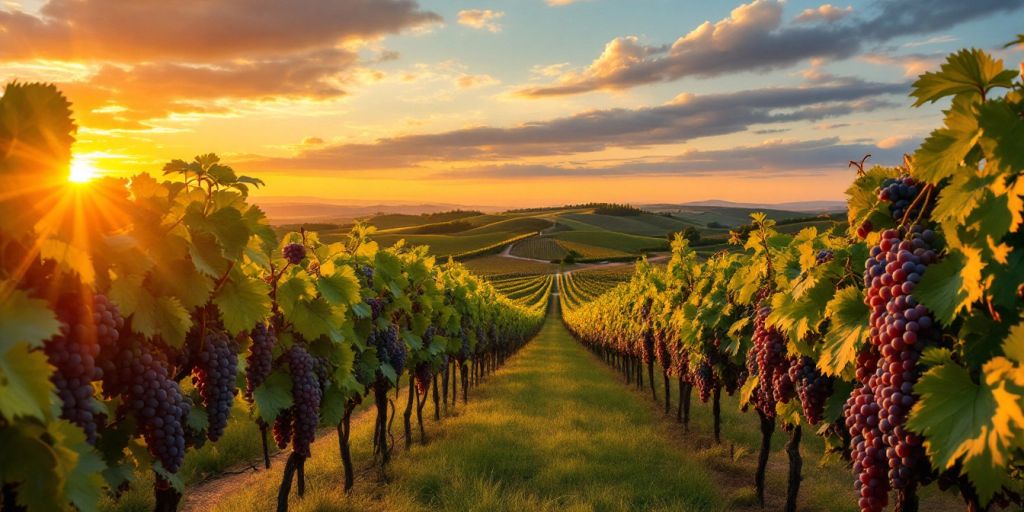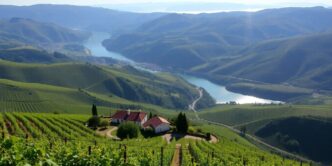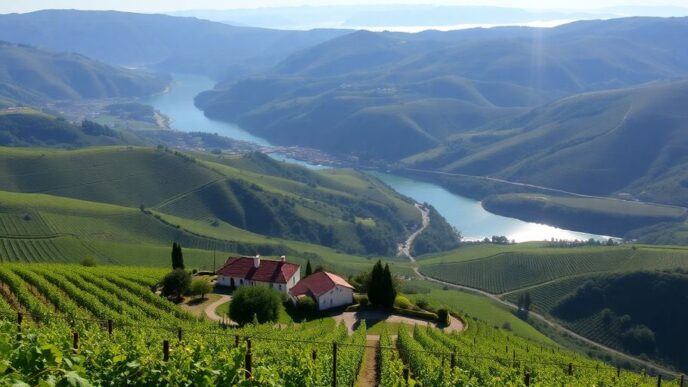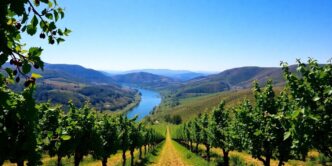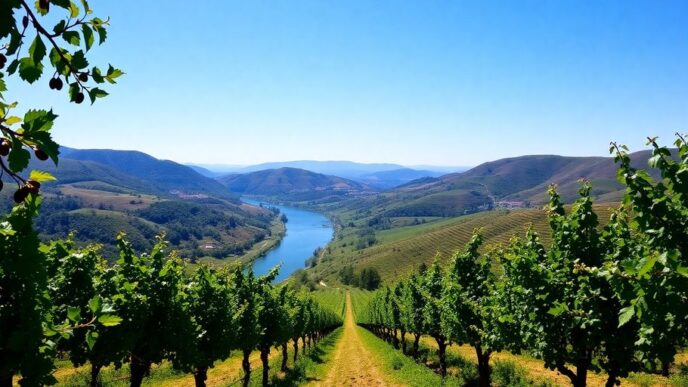Portugal has long been celebrated for its diverse wine regions and unique grape varieties. In recent years, the country has experienced a wine renaissance, showcasing not only its traditional fortified wines like Port and Madeira but also a new wave of high-quality table wines. This article delves into the key wine regions of Portugal, highlighting their distinct characteristics and the grape varieties that thrive in each area.
Overview Of Portuguese Wine Regions
Portugal’s wine regions stretch from the verdant valleys of the north to the sun-soaked vineyards of the south. The main regions include:
- Douro Valley: Known for its Port wines, this region is characterized by steep terraced vineyards along the Douro River.
- Dão: Located south of the Douro, Dão is recognized for its high-quality red wines made from native grapes like Touriga Nacional and Tinta Roriz.
- Alentejo: This expansive region is famous for its rich, full-bodied red wines, often made from Aragonez (Tempranillo) and Antão Vaz for whites.
- Beiras: A diverse region that includes Bairrada, known for its Baga grape, and Dão, producing both red and white wines.
- Setúbal: Renowned for its fortified Moscatel wines, Setúbal offers a unique taste of Portugal’s winemaking heritage.
Grape Varieties: A Rich Tapestry
Portugal’s wine identity is deeply intertwined with its grape varieties. The country is home to approximately 250 native varieties, many of which are not found elsewhere. Some of the most notable include:
- Touriga Nacional: Often considered Portugal’s flagship grape, it produces rich, full-bodied red wines.
- Tinta Roriz: Known as Tempranillo in Spain, this grape is widely planted and contributes to many of Portugal’s top red wines.
- Baga: Predominantly found in Bairrada, Baga is known for its high acidity and tannins, making it ideal for aging.
- Aragonez: This grape, also known as Tempranillo, is a staple in Alentejo red blends.
- Antão Vaz: A prominent white grape in Alentejo, known for its tropical fruit flavors and good acidity.
Winegrowing Conditions
Portugal’s diverse climate and geography play a crucial role in its wine production. The country experiences a predominantly maritime climate, with significant variations between regions:
- Northern Regions: Cooler and wetter, ideal for high-acid wines.
- Central Regions: A mix of maritime and continental influences, producing balanced wines.
- Southern Regions: Hot and dry, perfect for ripe, fruit-forward wines.
The Future Of Portuguese Wines
As Portugal continues to gain international acclaim for its wines, the focus on quality and unique regional characteristics is paramount. The rise of independent wineries and innovative winemaking techniques is reshaping the landscape, ensuring that Portuguese wines remain competitive on the global stage.
In conclusion, Portugal’s wine regions and grape varieties offer a rich tapestry of flavors and styles, reflecting the country’s long-standing winemaking traditions and its exciting future in the wine world.

